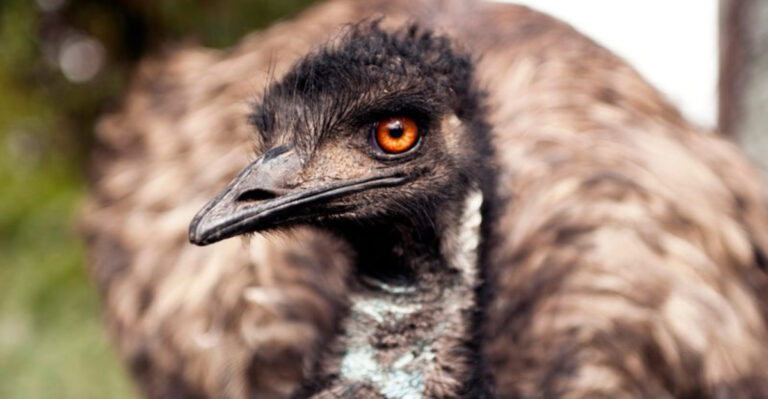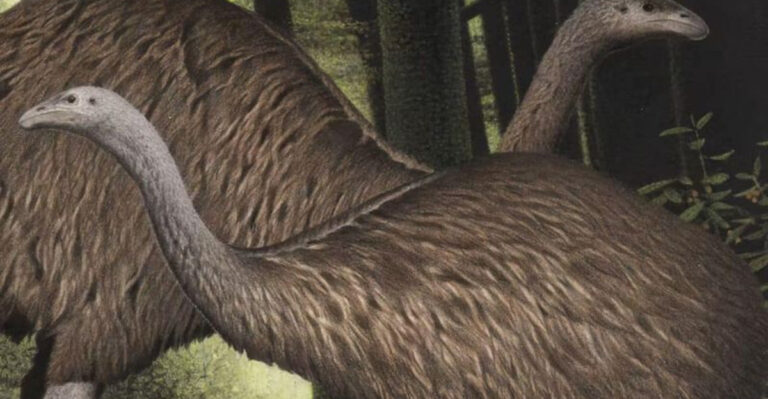Creature Discovered In California Lake Reveals Evolutionary Secrets From 650 Million Years Ago

Hidden in the salty, alkaline waters of Mono Lake lies a microscopic organism that’s changing what we know about evolution.
Scientists from UC Berkeley recently discovered Barroeca monosierra, a tiny creature that thrives in conditions most living things couldn’t survive. This remarkable find might hold the key to understanding how complex life began on Earth millions of years ago.
1. Mono Lake’s Extreme Conditions
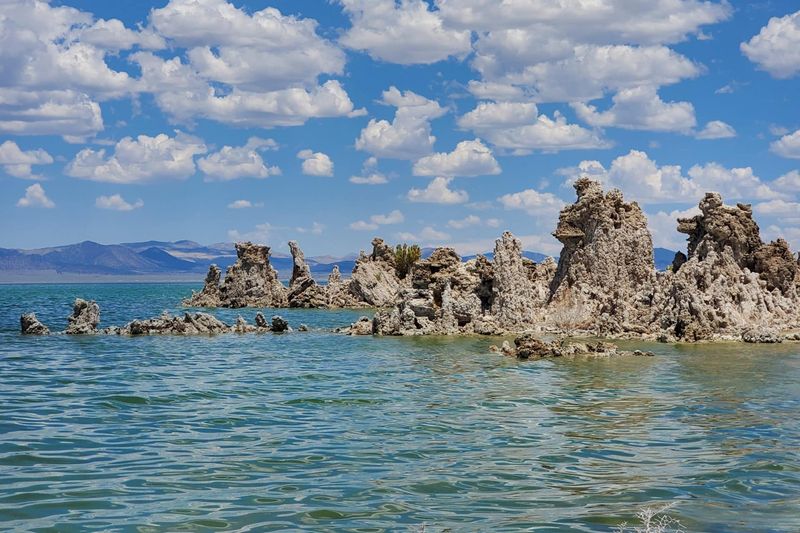
Imagine swimming in water three times saltier than the ocean with a pH similar to household ammonia! That’s daily life in Mono Lake.
This otherworldly environment contains unusual mineral formations called tufa towers and supports a surprisingly resilient ecosystem. Few places on Earth match its harsh yet fascinating conditions.
2. Barroeca Monosierra’s Discovery
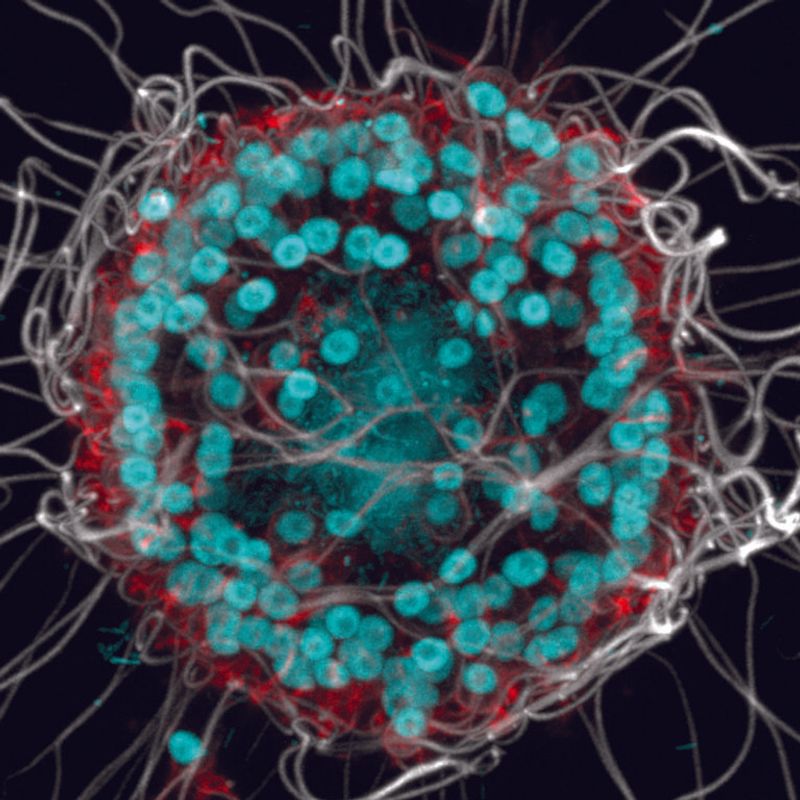
A team of dedicated microbiologists spotted this tiny organism while examining water samples under powerful microscopes. Nobody expected to find such a significant evolutionary missing link here!
The creature’s name honors both its location and unique characteristics. Scientists were amazed by how well it thrived in conditions that would kill most organisms.
3. Relationship With Bacteria
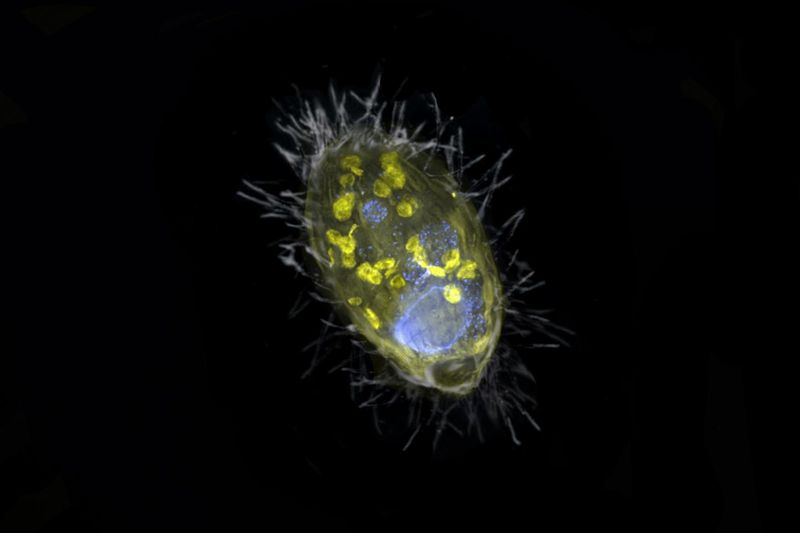
Unlike its relatives, this microscopic marvel doesn’t just occasionally bump into bacteria – it forms lasting partnerships with them! Scientists observed bacteria physically attached to Barroeca monosierra’s cell surface.
This stable association resembles how our bodies host beneficial bacteria, but in a much simpler form. It’s like finding the first draft of nature’s microbiome blueprint.
4. The Simplest Microbe With A Microbiome

Before this discovery, scientists thought only complex organisms could host microbial communities. Barroeca monosierra shattered that assumption!
As the simplest known creature with its own microbiome, it offers a perfect window into early life. Researchers can now study how the first partnerships between different organisms might have formed millions of years ago.
5. Evolutionary Significance

This tiny creature might help solve one of biology’s biggest mysteries: how single cells eventually joined to form complex life. The way it interacts with bacteria could represent an early evolutionary experiment.
By studying these interactions, scientists can peek into life’s distant past. It’s like finding a living fossil that demonstrates biological principles from 650 million years ago!
6. Choanoflagellates As A Key To Understanding Evolution
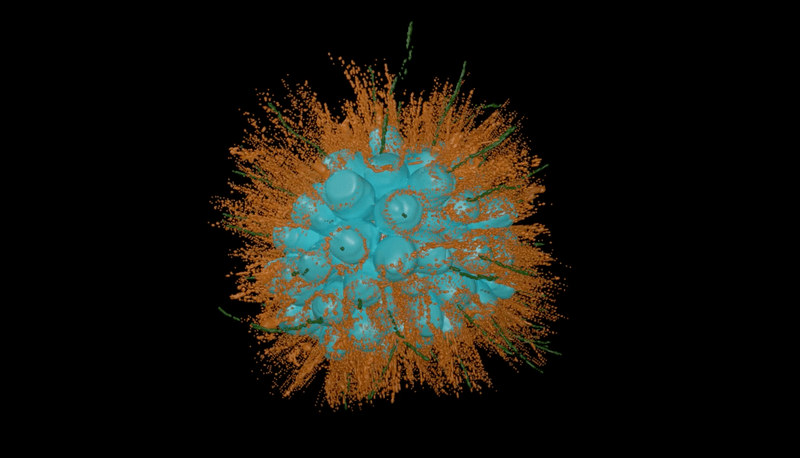
Choanoflagellates like our Mono Lake friend sit at a crucial evolutionary branch point. Their cells look surprisingly similar to certain cells in animals, including humans!
Genetic studies reveal they share many important genes with animals. By examining this living group of organisms, scientists can better understand what our earliest animal ancestors might have been like.
7. Barroeca Monosierra’s Adaptations
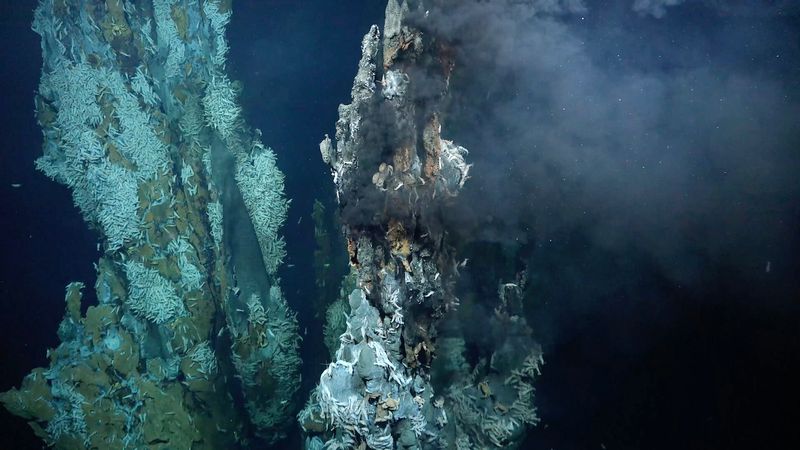
Salt levels that would pickle most organisms? No problem for this tough little microbe! Its cell membrane has special proteins that prevent salt damage.
The high alkalinity would normally destroy cellular machinery, but Barroeca has evolved unique enzymes that function in these conditions. Its partnership with bacteria provides additional survival advantages in this extreme environment.
8. How Bacteria Benefit The Creature
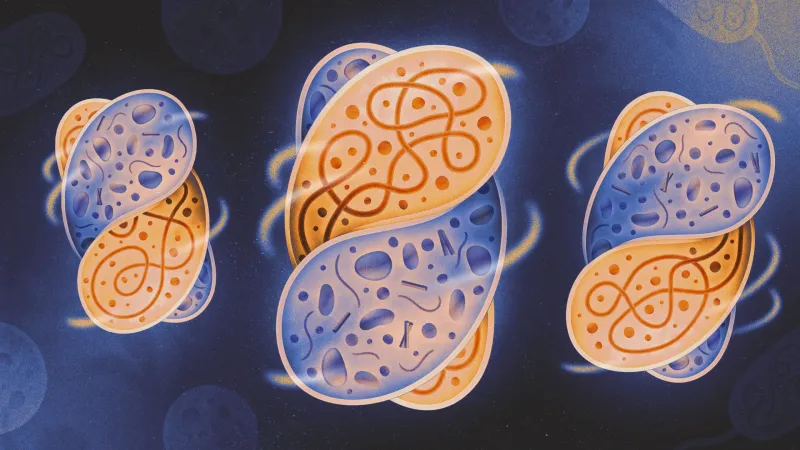
The bacterial hitchhikers aren’t just along for the ride – they’re essential roommates! They likely help break down nutrients that Barroeca monosierra couldn’t process alone.
Some bacteria might also detoxify harmful compounds in the lake water. This mutually beneficial arrangement shows how cooperation, not just competition, drives evolution. Nature discovered teamwork billions of years before humans did!
9. Implications For Astrobiology
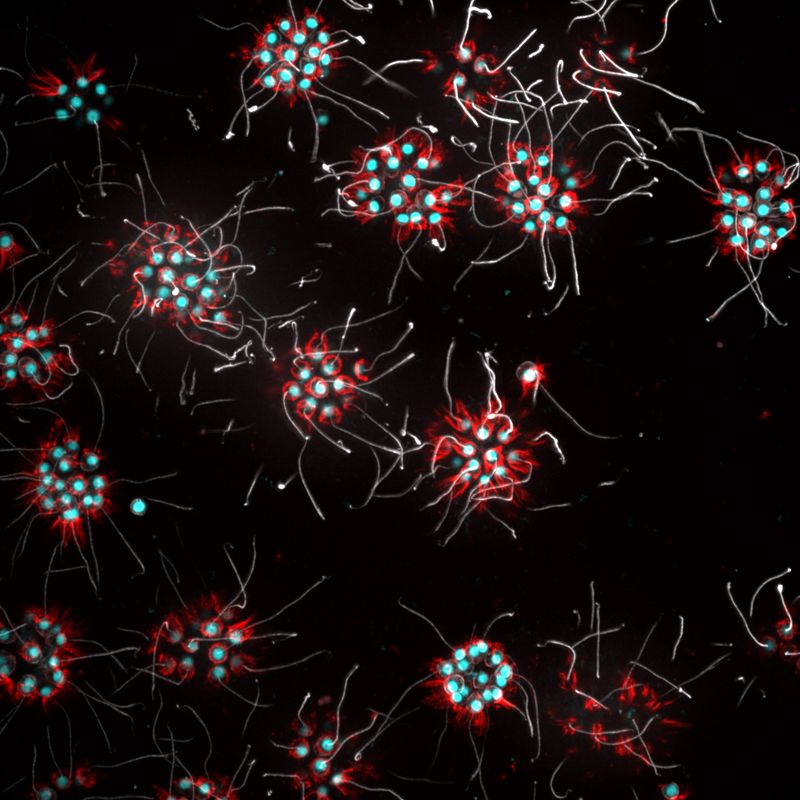
NASA scientists are particularly excited about this discovery! If life can thrive in Mono Lake’s alien-like conditions, similar organisms might exist on other planets or moons.
Places like Mars or Jupiter’s moon Europa have harsh environments not unlike Mono Lake. Understanding extremophiles on Earth helps researchers know what to look for when searching for extraterrestrial life.
10. Mono Lake’s Unique Ecosystem

Barroeca monosierra isn’t the only remarkable resident of this unusual lake! Millions of brine shrimp dance through its waters while specialized alkali flies carpet the shoreline.
Migratory birds feast on these abundant food sources during their long journeys. Despite appearing barren at first glance, this seemingly hostile environment supports a complex and interconnected food web unlike anywhere else on Earth.
11. How Microbial Interactions Influence Evolution
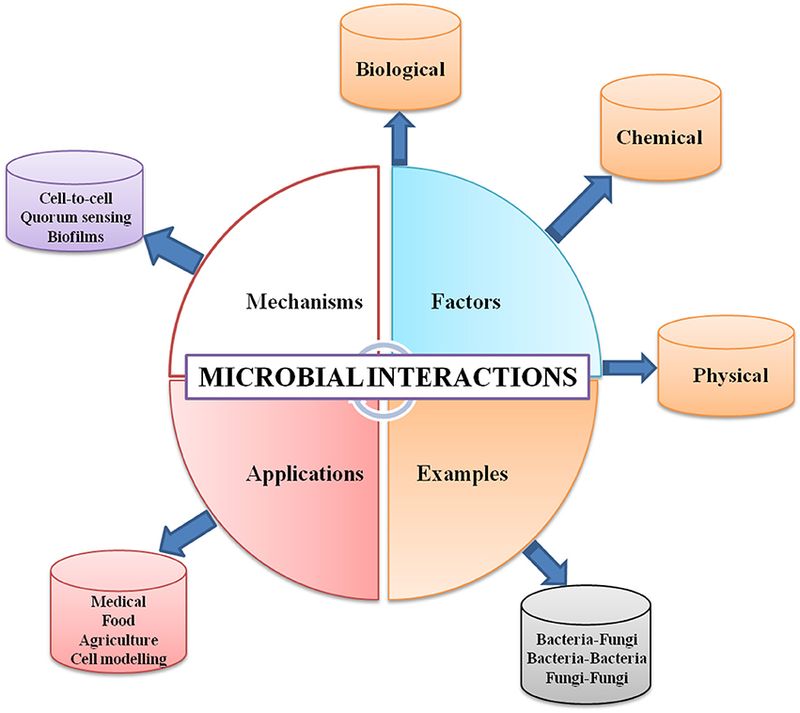
The stable bond between Barroeca monosierra and its bacterial partners offers a glimpse into life’s earliest collaborations. Such partnerships may have given rise to more complex arrangements over millions of years.
Some scientists believe our own cells evolved from ancient partnerships between different microbes. This discovery provides a living model to test theories about how complex cells first formed through symbiotic relationships.
12. What This Means For Microbial Research
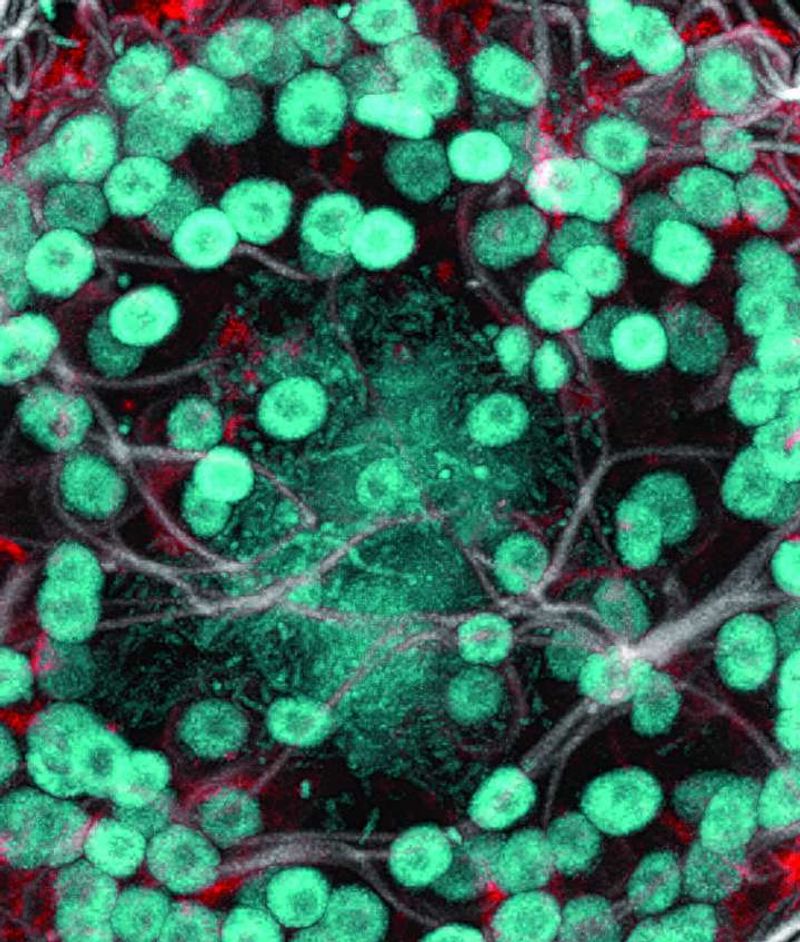
Barroeca monosierra provides a simple model to study host-microbe interactions without the complexity of animal systems. Scientists can observe fundamental principles of microbiome development in real-time!
Medical researchers are taking note too. Understanding basic microbiome formation could lead to breakthroughs in treating human conditions related to microbial imbalances. Sometimes the smallest organisms teach the biggest lessons.
13. Ongoing Research And Future Discoveries
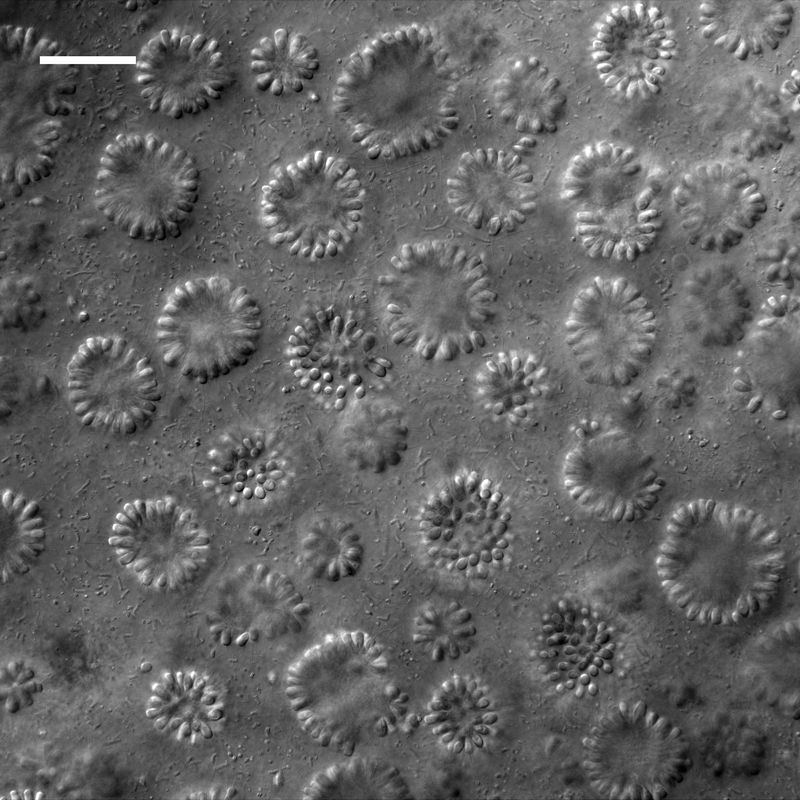
Scientists have only scratched the surface of what Barroeca monosierra can teach us! Current research focuses on mapping its complete genome and identifying all its bacterial partners.
Future studies will examine how these partnerships form and remain stable over time. The secrets hidden in Mono Lake’s waters promise to reshape our understanding of life’s earliest chapters on Earth.


